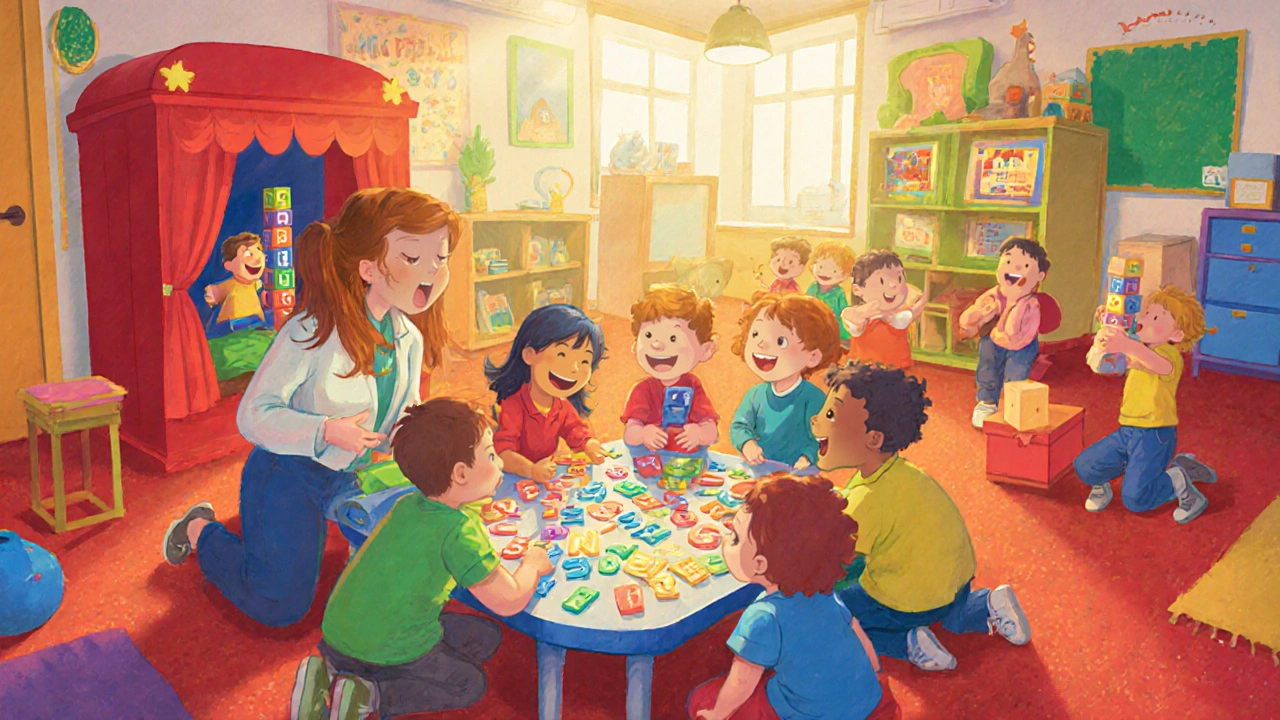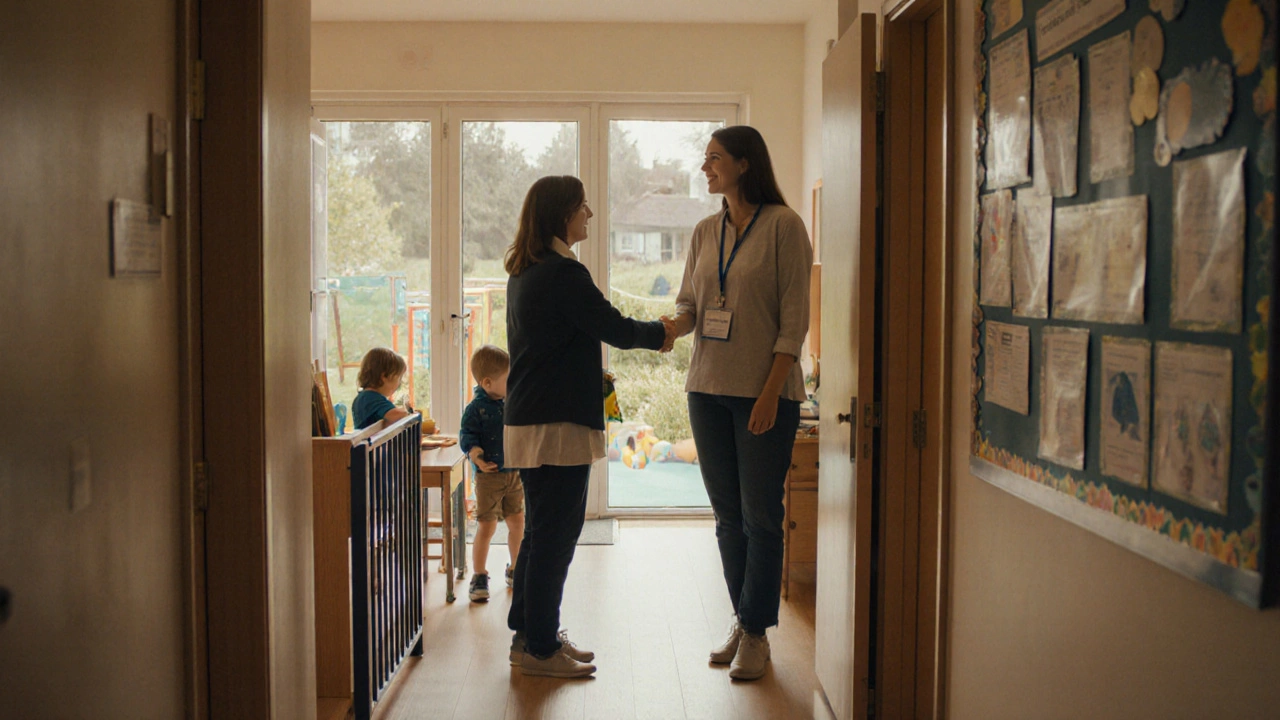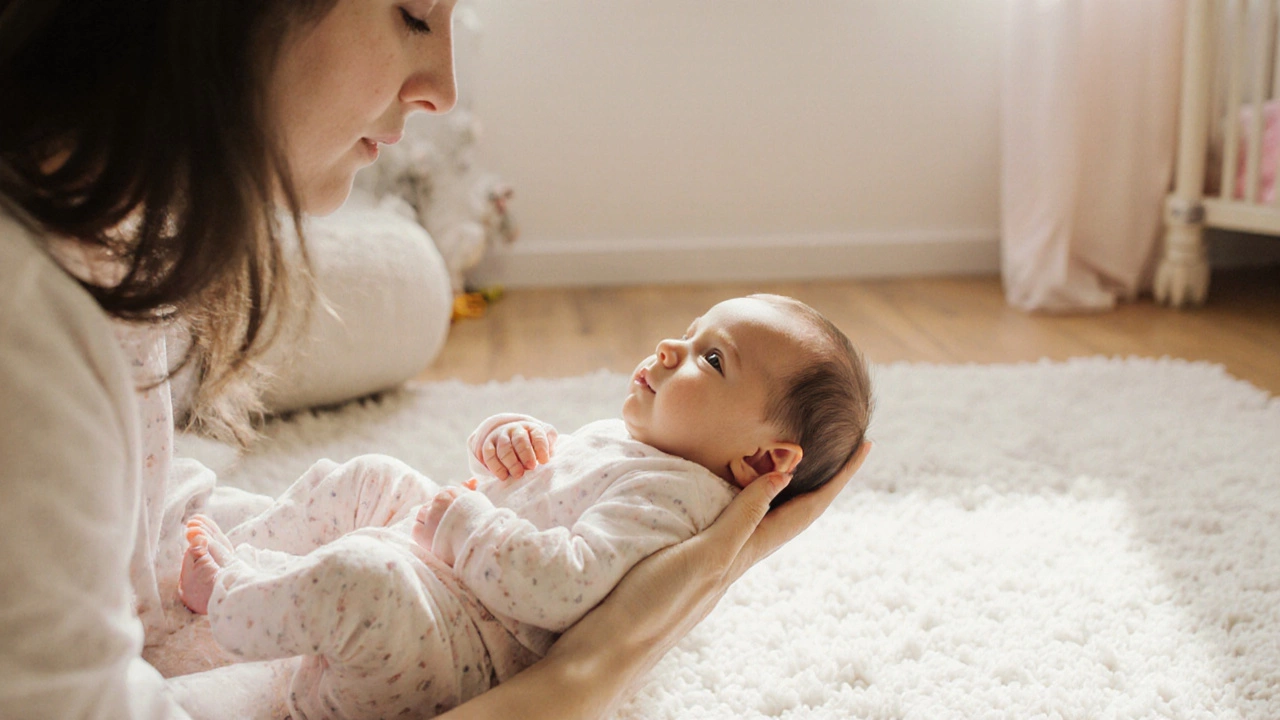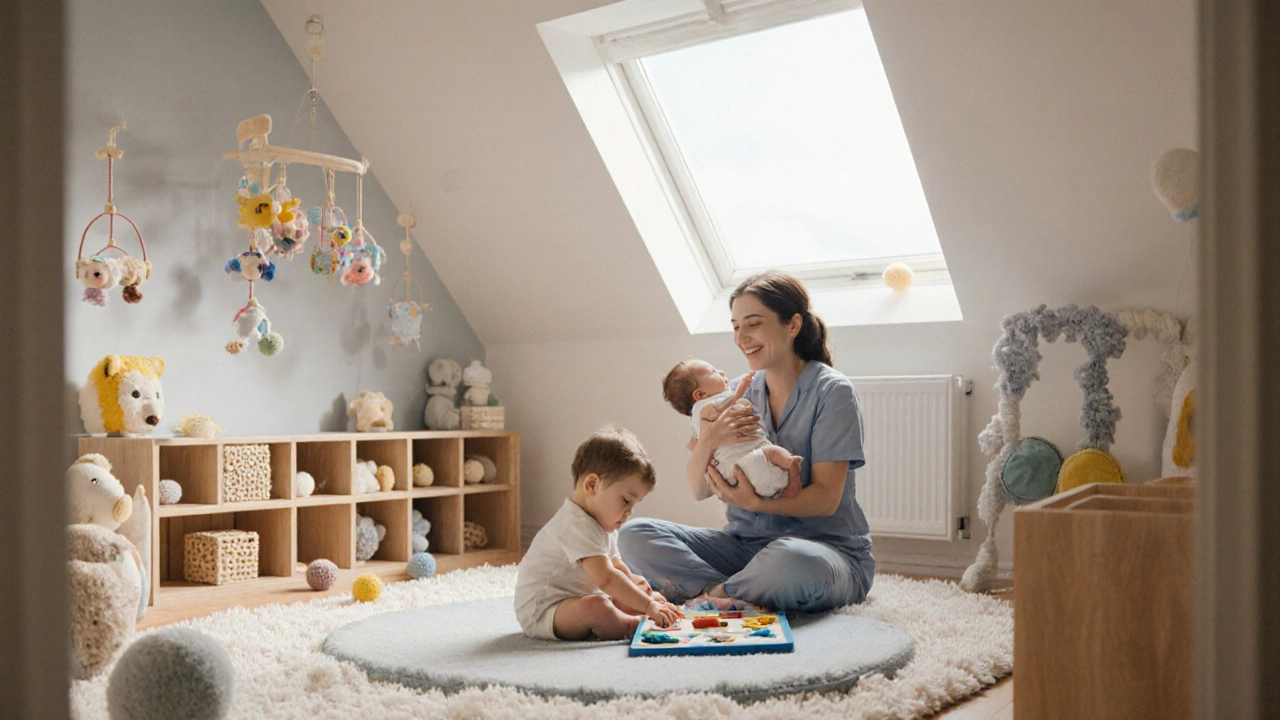Early Education Age Explorer
Select an age range above to see recommended program details.
- Select an age range to view key developmental milestones.
- Select an age range to view program benefits.
Quick Takeaways
- Early education age typically spans birth to five years, with distinct stages for infants, toddlers, preschoolers, and pre‑kindergarten.
- Australia’s national framework (EYFS) recommends structured learning from age 3, while many centres welcome children from 6 months.
- Key developmental milestones guide program choice: language bursts at 2years, social play at 3years, basic numeracy at 4years.
- Play‑based curricula deliver the biggest learning gains in the early years.
- Choosing the right setting involves checking staff qualifications, child‑to‑staff ratios, and alignment with your child’s developmental stage.
What Is the Early Education Age?
When people ask about early education age, they usually wonder at what point a child moves from casual home play to a more structured learning environment. In simple terms, the early education age covers the period from birth up to the year before compulsory school-roughly 0to5years old. This window is split into four commonly recognized phases:
- Infant (0‑12months)
- Toddler (1‑3years)
- Preschool (3‑4years)
- Pre‑kindergarten (4‑5years)
The early education age is not a fixed calendar date; it flexes based on local policies, family needs, and each child’s readiness.

Age Milestones and Corresponding Programs
| Age Range | Program Type | Key Developmental Focus | Typical Staff‑to‑Child Ratio |
|---|---|---|---|
| 0‑12months | Infant Room / Nappy‑care | Attachment, sensory exploration, basic motor skills | 1:3 |
| 1‑3years | Toddler Group | Language bursts, self‑help skills, early social play | 1:4 |
| 3‑4years | Preschool / Play‑based Learning | Emergent literacy, basic numeracy, cooperative play | 1:8 |
| 4‑5years | Pre‑kindergarten (Prep) | Structured literacy, early problem‑solving, school‑readiness routines | 1:10 |
These categories line up with Australia’s Early Years Learning Framework (EYLF) and the national Early Years Foundation Stage (EYFS) used in many Commonwealth countries. They also match the developmental research from the American Academy of Pediatrics, which highlights the same age brackets for optimal learning interventions.
Why Starting Early Matters
Early childhood is a period of rapid brain growth-some 90percent of a child’s brain develops by age5. Research from the University of Melbourne shows that children who attend high‑quality early‑education programs score on average 7points higher on literacy tests at age7 compared to peers who start later.
Key benefits include:
- Cognitive gains: Structured play encourages problem‑solving and memory formation.
- Language development: Regular adult interaction and storytelling boost vocabulary.
- Social skills: Sharing, turn‑taking, and conflict resolution are practiced daily.
- Emotional resilience: Predictable routines help children manage feelings.
- Long‑term academic success: Early learners are more likely to graduate high school.
These outcomes are strongest when the setting follows a play‑based curriculum and maintains low child‑to‑staff ratios.

How to Choose the Right Early‑Education Setting
Searching for the ideal place can feel overwhelming, but focus on three core criteria:
- Qualified staff: Look for educators with a Diploma in Early Childhood Education or a Bachelor’s in Teaching. In Australia, the National Quality Standard (NQS) requires at least one qualified staff member per group.
- Curriculum alignment: The centre should reference the EYLF or a similar evidence‑based framework. Programs that embed “learning through play” and document children’s learning stories are a good sign.
- Environment & safety: Child‑proofed spaces, outdoor play areas, and clear hygiene policies matter for health and confidence.
Visit potential centres, ask for staff qualifications, observe a typical day, and talk to other parents. Trust your gut-if the atmosphere feels welcoming and the teachers are genuinely interested in each child’s story, you’re likely on the right track.
Common Misconceptions About the Early Education Age
Many parents worry that starting formal learning too early pressures children. The evidence says the opposite: quality early education is about guided play, not worksheets. Another myth is that “preschool is only for kids who can sit still.” Modern preschools accept a range of attention spans and use movement‑rich activities to keep kids engaged.

Frequently Asked Questions
At what age can my child start preschool?
Most Australian preschools accept children from 3years old, but many centres have toddler groups that begin at 18months. The exact start age depends on the provider’s policy and your child’s readiness cues.
Do infants need early‑education programmes?
Infant rooms focus on building secure attachments, sensory exploration, and early motor skills. While not required, they can give parents peace of mind and provide social interaction for babies.
What is the difference between preschool and kindergarten?
Preschool (age3‑4) emphasizes play‑based learning and socialization, while kindergarten (often called “Prep” in Australia, age4‑5) introduces more structured literacy and numeracy to prepare for formal school.
How do I know if my child is ready for a formal setting?
Readiness signs include curiosity about other children, ability to follow simple instructions, and a willingness to separate briefly from parents. If your child shows these, a toddler or preschool group is likely a good fit.
Are there government subsidies for early‑education in Australia?
Yes. The Australian Government’s Child Care Subsidy (CCS) can cover up to 85% of fees for eligible families, based on income, activity level, and child’s age (up to five years).
Next Steps for Parents
1. List your child’s current milestones (speech, motor, social).
2. Research local centres that offer programs matching those milestones.
3. Schedule visits, ask about staff qualifications, and request sample daily schedules.
4. Apply for the Child Care Subsidy if you qualify-use the Australian Government’s MyGov portal.
5. Start with a short trial week to see how your child reacts, then adjust as needed.
Remember, early education is a partnership between families, educators, and the community. By understanding the early education age and what each stage offers, you can set your child up for a bright, confident start.

